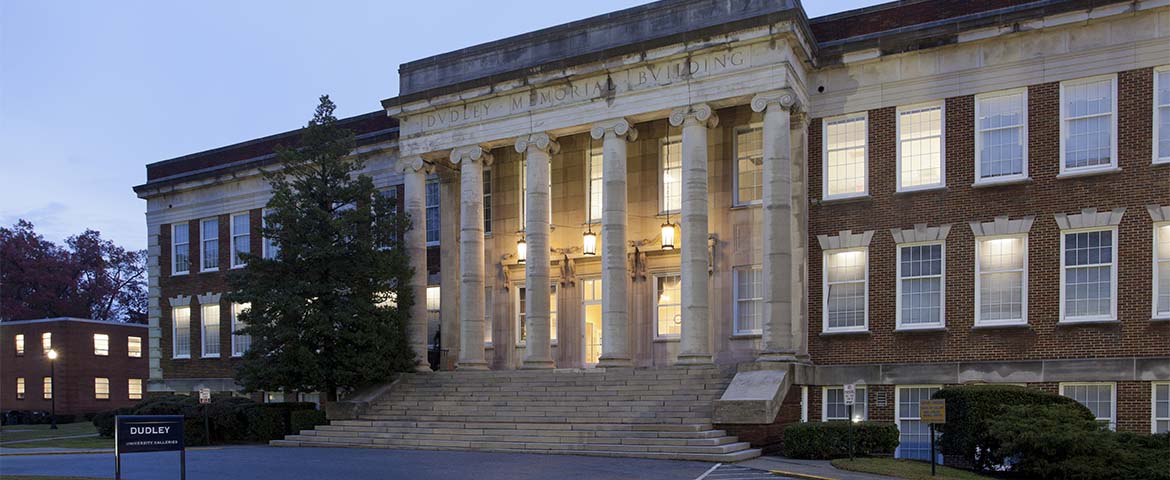
DUDLEY BUILDING
Stately and venerable, the James B. Dudley Building is named for the university’s second president and has a use and history as storied as any place on campus. Opened Feb. 15, 1931, the three-level hall replaces the original Dudley Building that was constructed in 1893, but destroyed by fire in 1930.
As with its predecessor, the second Dudley Building has been popular and its uses varied. It has served as office space for presidents, chancellors and other top administrators. Students have flocked there by the thousands over the decades, as the building previously housed the campus library, an auditorium, academic affairs and financial aid offices, among a myriad of other functions.
As an identifiable local icon of culture, the Dudley Building is open to the general public as well as campus visitors. The Mattye Reed African Heritage and H.C. Taylor campus art galleries are located on the building’s main level, and the lower level houses music classrooms and laboratories. Graduating student artists show their work at Dudley each spring as part of their senior art exhibition.
With six columns gracing the façade, Dudley’s distinctive exterior angles and intricately carved friezes were designed by Greensboro architect Charles C. Hartmann. The building’s architectural style is classical antiquity influenced by ancient Greek and Roman cultures.
But the roots of the Ashanti people of West Africa are also represented in the tile floor design for the main entrance lobby. Artists Charles Joyner, an A&T graduate, and Connie Floyd, patterned the design using Adinkra symbols, used among Ashanti to connect verbal and visual meaning.
But most notably, the Dudley Building features a monument to the Sit-In Movement of Feb. 1, 1960, a symbolic presence of the four A&T freshman whose activism launched a desegregation campaign of public accommodations.
